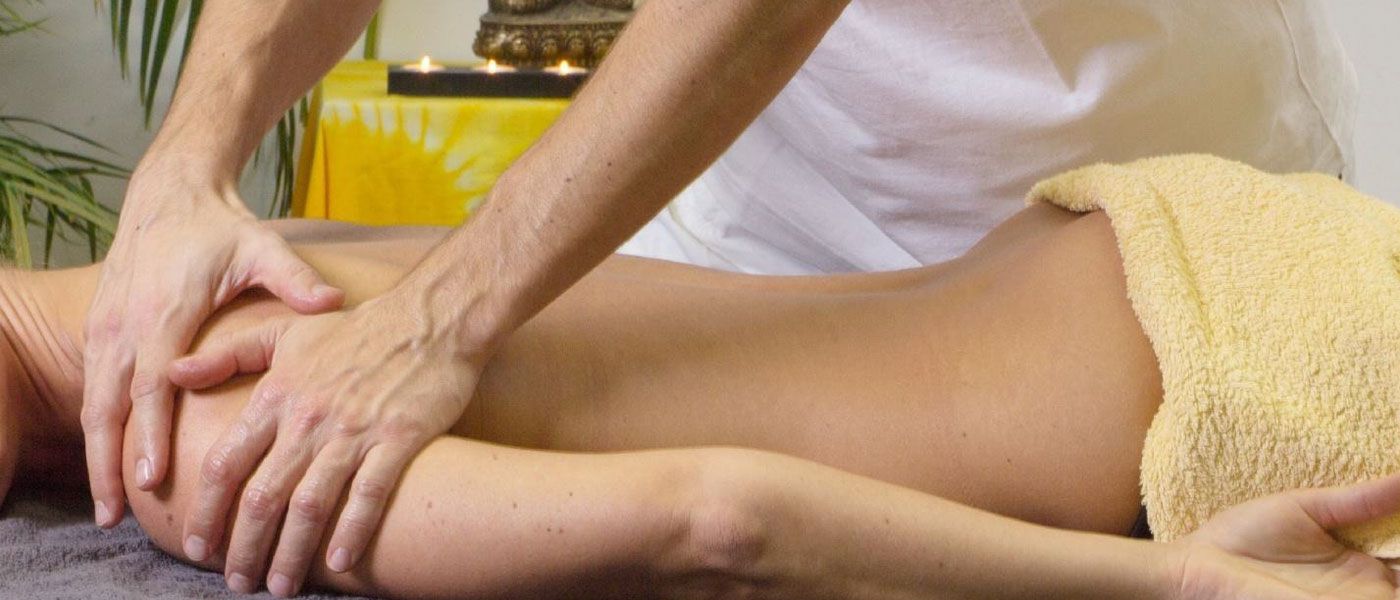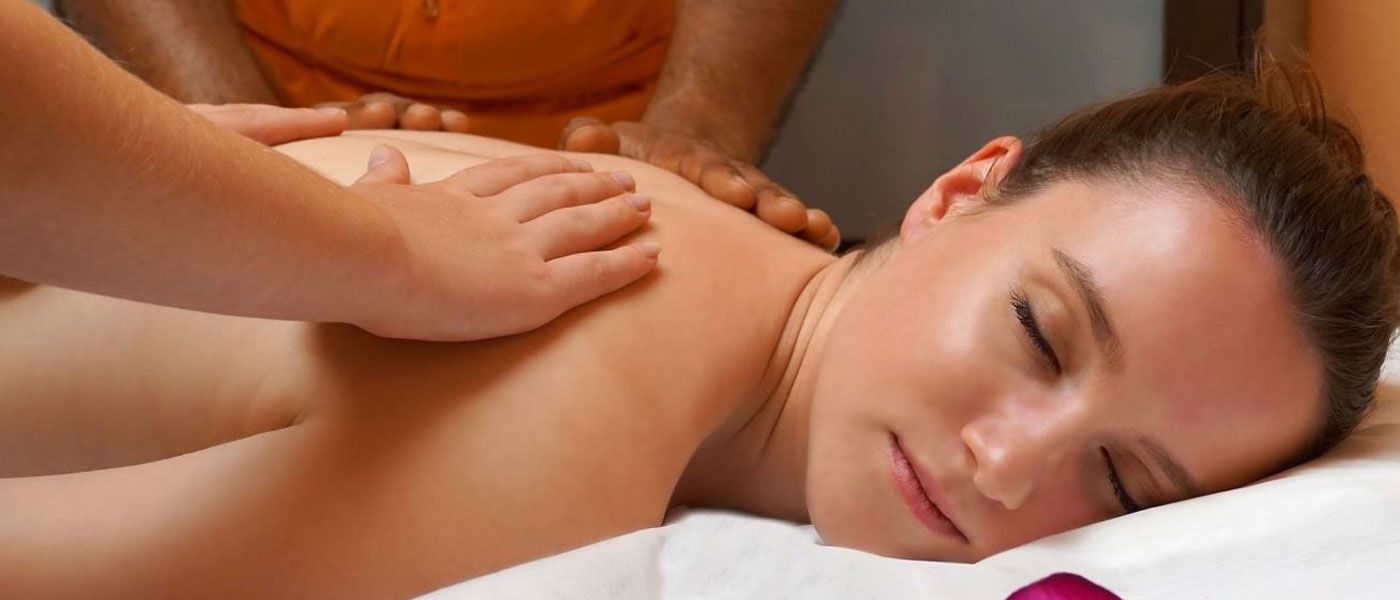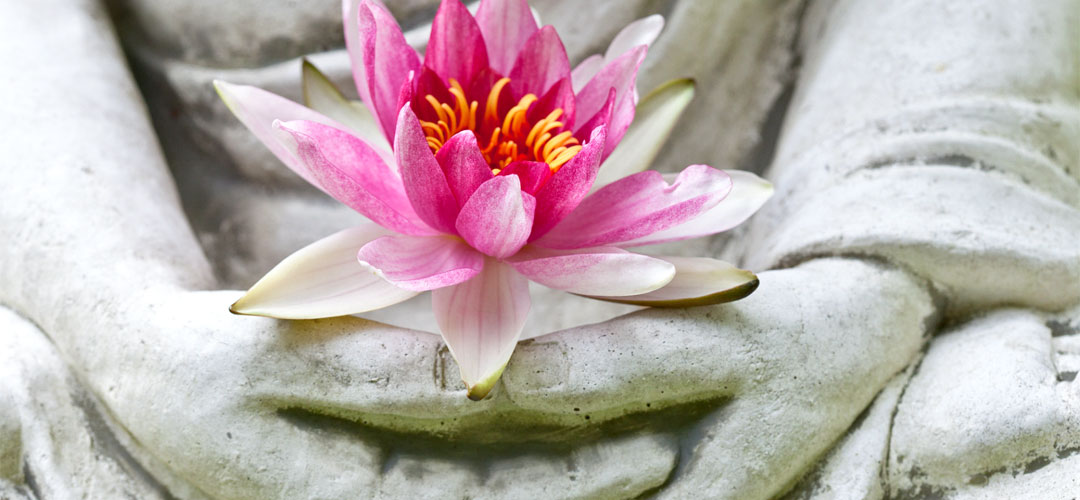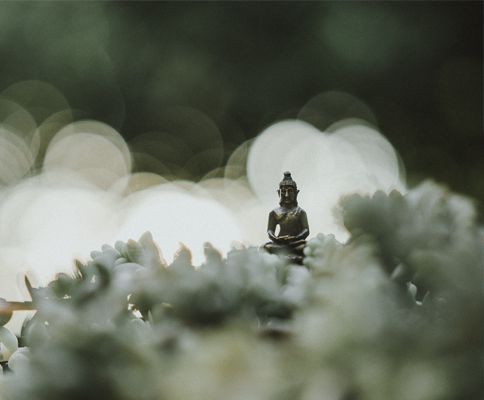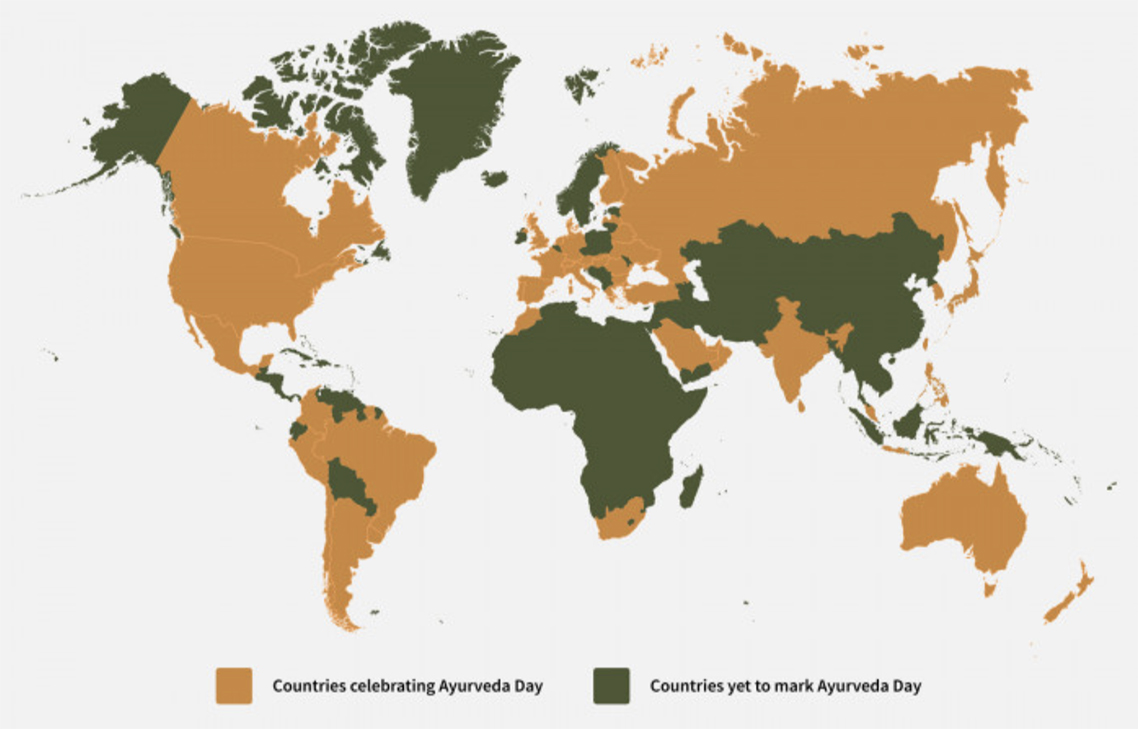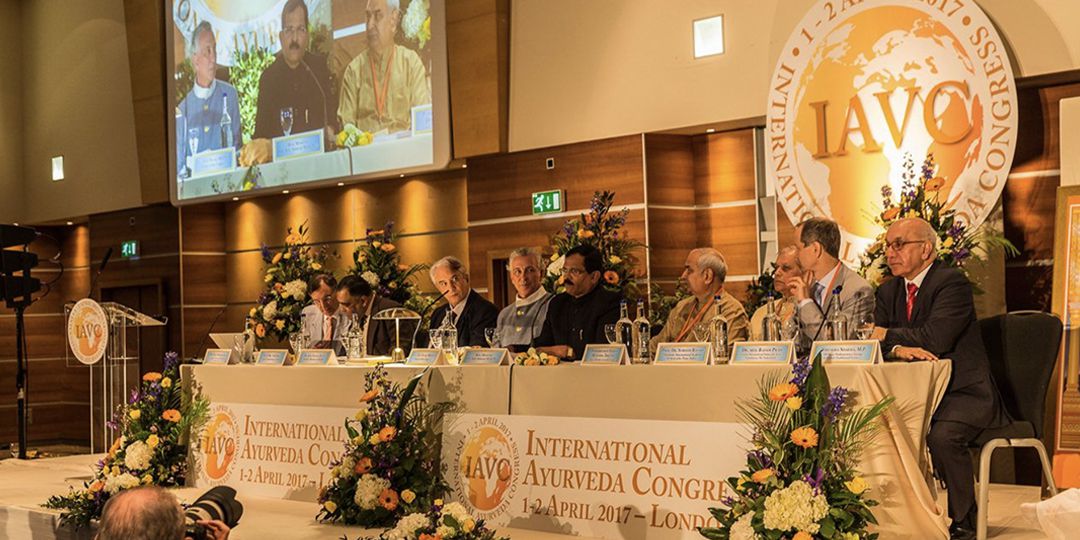What does Ayurveda offer to today’s youth?
What does Ayurveda offer to today’s youth?
Ayurveda is traditional Indian medicine that aims to prevent disease, cure and maintain health, and promote longevity.
“We are what we think.”
The content of our mind in terms of thoughts, attitudes, and emotions determines our way of being and our general health.
“We are what we eat.”
The choice of foods suitable for our constitution (Prakriti) but also the way in which these are combined with each other, the way in which they are prepared and again, the time of meals and the state of mind in which they are consumed affect the balance of our body and mind.
Ayurveda is traditional Indian medicine that aims to prevent disease, cure and maintain health, and promote longevity.
Finally, remember that Ayurveda has been fully recognized as “traditional medicine” by the World Health Organization.
Common problems faced by today’s youth and how does Ayurveda help them?
Because we lead a life outside of the rhythms of nature, we eat food that is not always healthy; we work at absurd pace and times, and we are stressed and anxious. This creates an imbalance in our life and immune system, thus affecting our physical and mental health and overall well-being.
Ayurveda, Indian natural medicine, has always helped humanity, especially youth, prevent disease and fight aging and its negative effects, including mood and mental processes, through multiple approaches.
Let’s discuss some common problems faced by today’s youth and how Ayurveda is helping overcome them :
Lower the stress and anxiety levels
Ayurvedic medicine uses several natural techniques to alleviate anxiety and the symptoms of depression. And, consequently, lower cortisol levels in the body. These techniques include meditation, yoga, breathing exercises, herbal supplements, visualization, or mantra repetition.
Keeps skin healthy and glowing
Physical activity keeps the body firm and muscular and helps eliminate toxins through sweat.
Nuts and seeds oil contain good fats and Omega 3s that help keep the skin healthy and reduce inflammation in certain skin conditions.
For skin cleansing, you can use a neutral Ayurvedic Neem-based soap.
Promotes hormonal balance
For centuries, Ayurvedic medicine has also helped women resolve amenorrhea (lack of periods) or irregular periods, make hair stronger, limit body hair growth, and prevent numerous symptoms of PMS, including acne and oily skin.
Support against infertility
Ayurveda supports mothers and fathers before, during pregnancy and after childbirth. Evaluate each individual case and propose specific individual therapies if there are infertility problems. In addition, it offers advice for a healthy conception, and taking care of nutrition. For the body, it offers physical activity, yoga and personalized massages right up to the time of delivery.
Ayurveda in motherhood
It helps before pregnancy. If you decide to have a child, you start by taking care of yourself with detoxification and tissue strengthening practices. In fact, pregnancy affects the baby’s life. For the first 9 months, the universe for the fetus is mom’s belly, and everything she does will affect the future of the baby. So the nutrition, behavior, psychological and mental attitude of the mother is crucial for the fetus, for the newborn and for the adult it will become.
Ayurveda teaches to take great care of nutrition during pregnancy, favoring the alternation of foods according to the organ that is developing.
It cleanses the body
Helps to lose weight or to maintain it
Ayurvedic supplements are helpful when you want to lose weight. The extra pounds can be lost thanks to the consumption of natural and healthy foods. According to some studies conducted, changing your diet can help you lose weight more effectively.
Common in Ayurvedic medicine is trikatu, based on ginger and pepper of different types, which helps speed up the metabolism.
Helps fight insomnia
Ayurveda can help you sleep thanks to simple tips such as the use of jasmine essential oil or coconut oil to massage on the scalp or soles of the feet, drinking a cup of hot almond drink or herbal tea, or saying a positive affirmation.
Finally, the words of wisdom for young people
Although, at first, it may seem like a foreign concept to our way of thinking, understanding your constitution provides considerable help in achieving perfect health.
In Ayurveda, the individual constitution is known as Prakriti, which means “nature” and is linked to one’s genetic typology. Ayurveda teaches us how to determine our constitution by observing ourselves and our sensations; this is a very simple and valuable lesson in terms of individual enrichment.
By discovering our true nature, we can live a truly authentic existence – a life that satisfies us and allows us to enjoy good health.
We believe in collaborative relationship-based care where our Ayurvedic Doctors, Ayurvedic Practitioner, Ayurvedic Supplement Brands, Ayurvedic Nutritionists & Chefs, Yoga, and Meditation Trainers are in sync. Contact the team who passionately works together to hold your hand in this healing journey.

